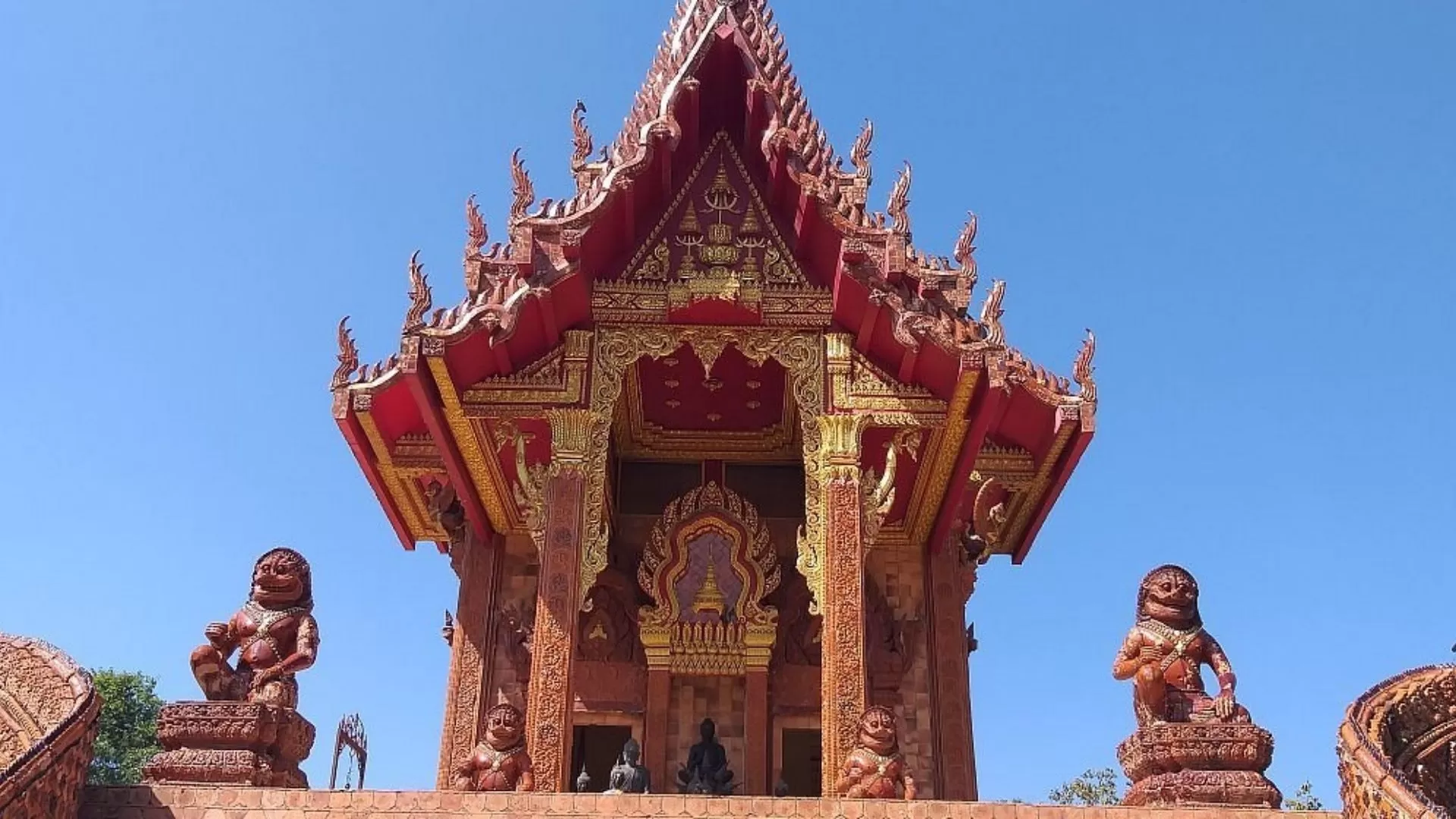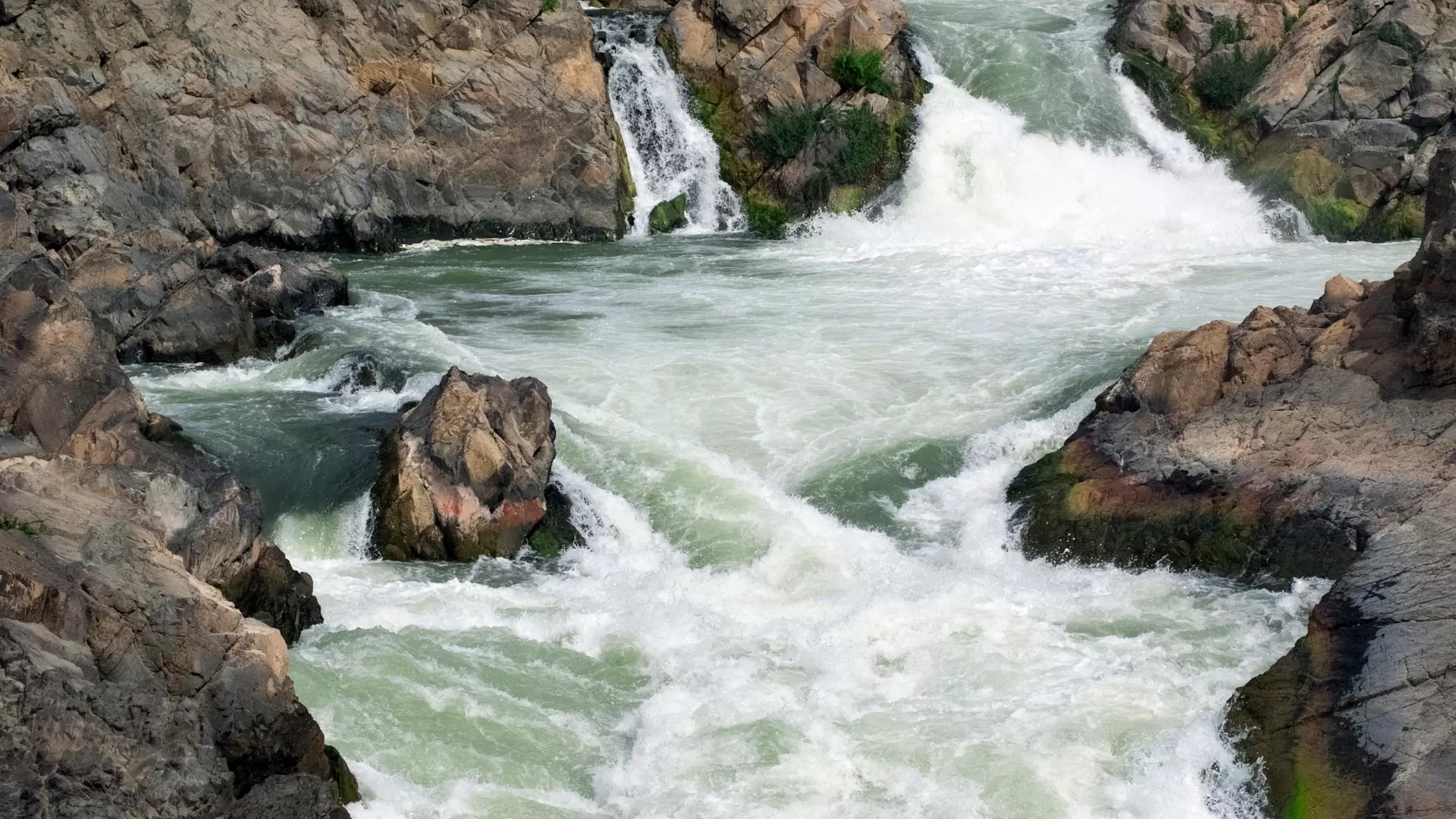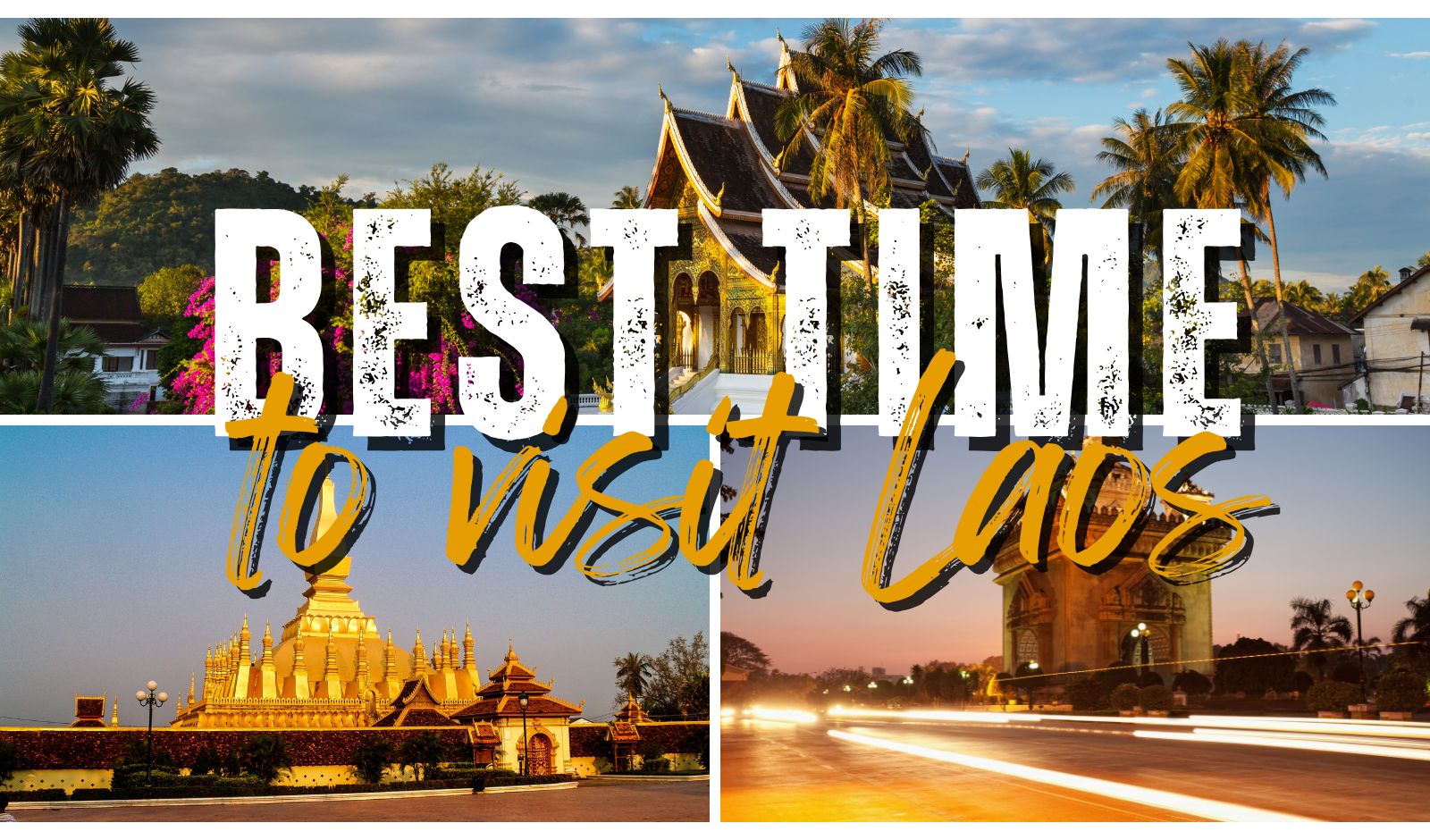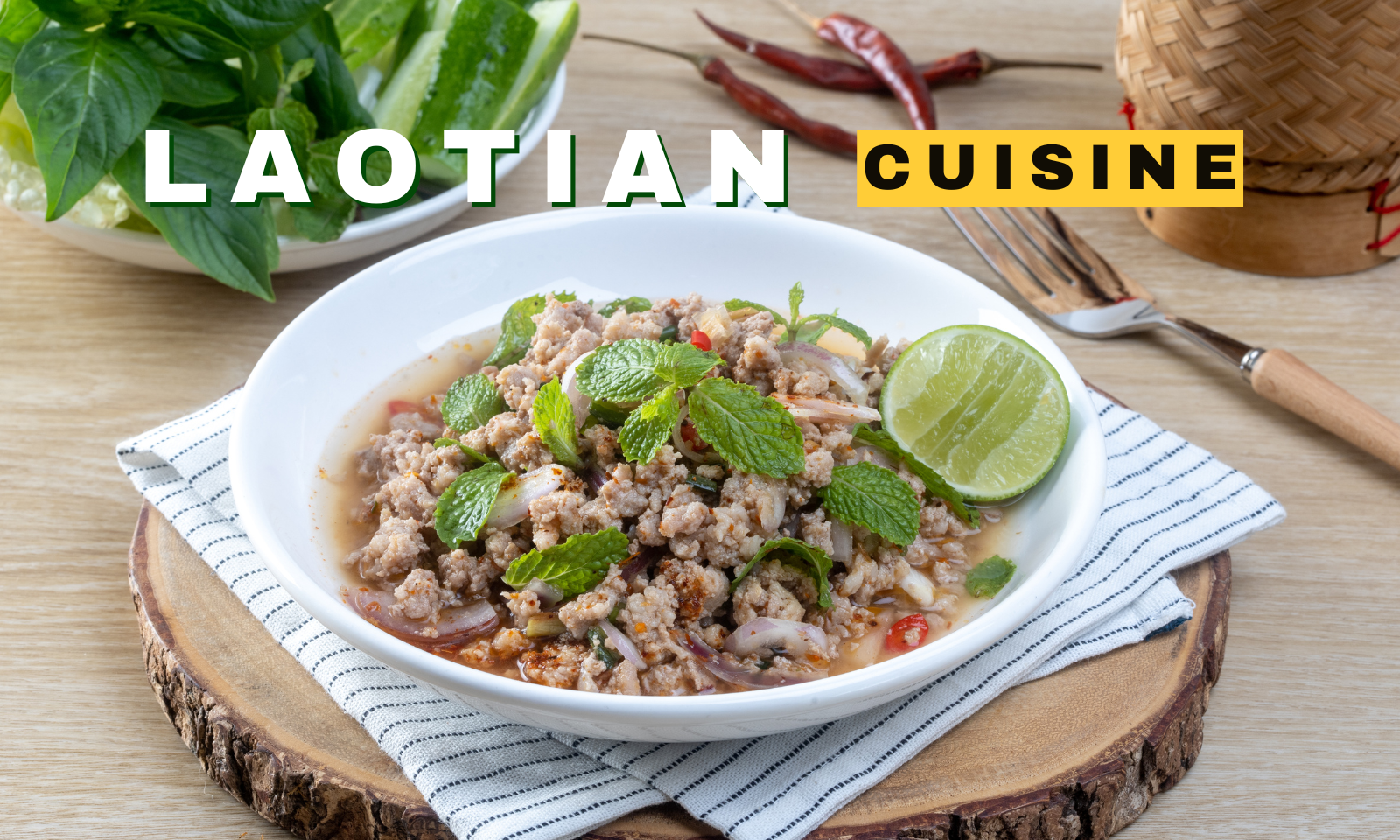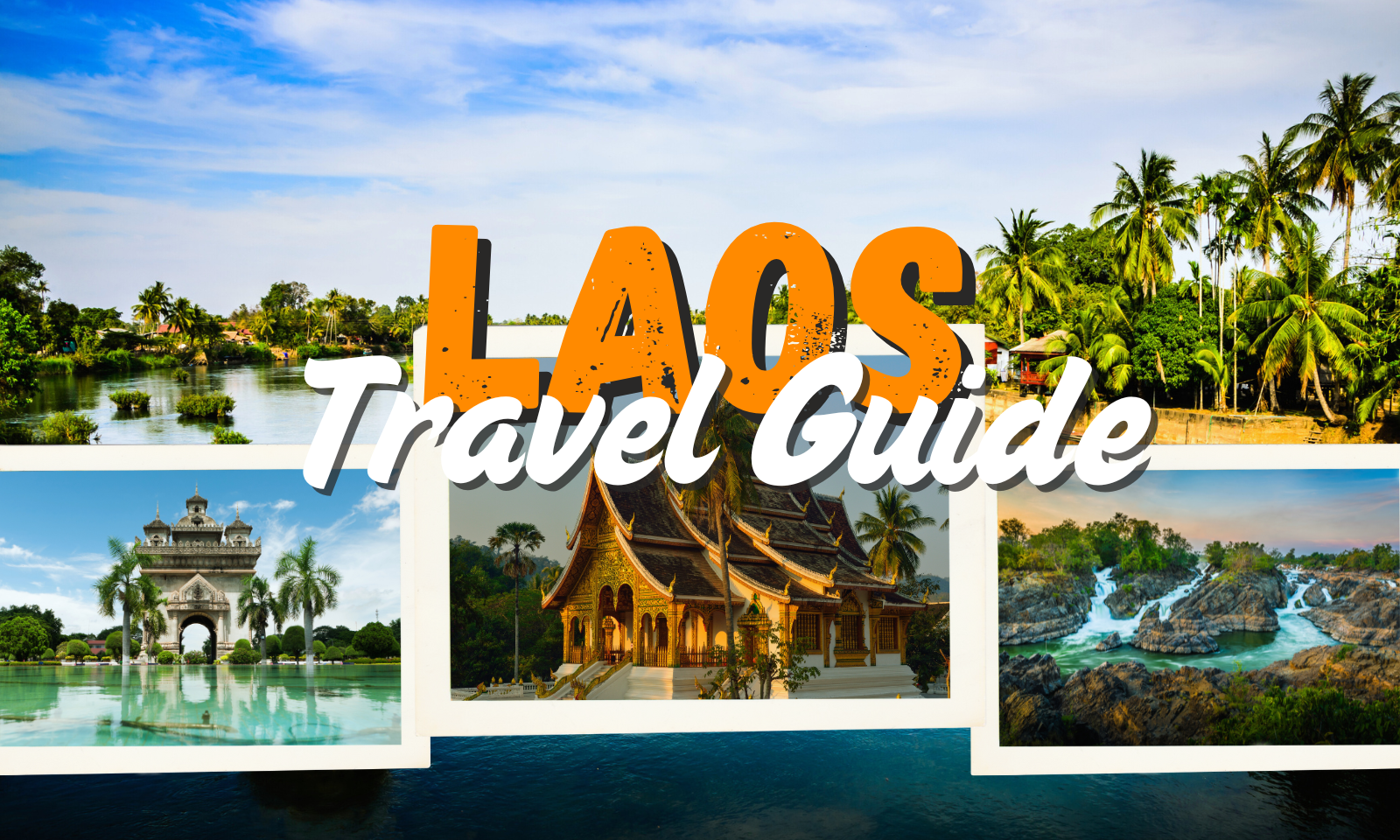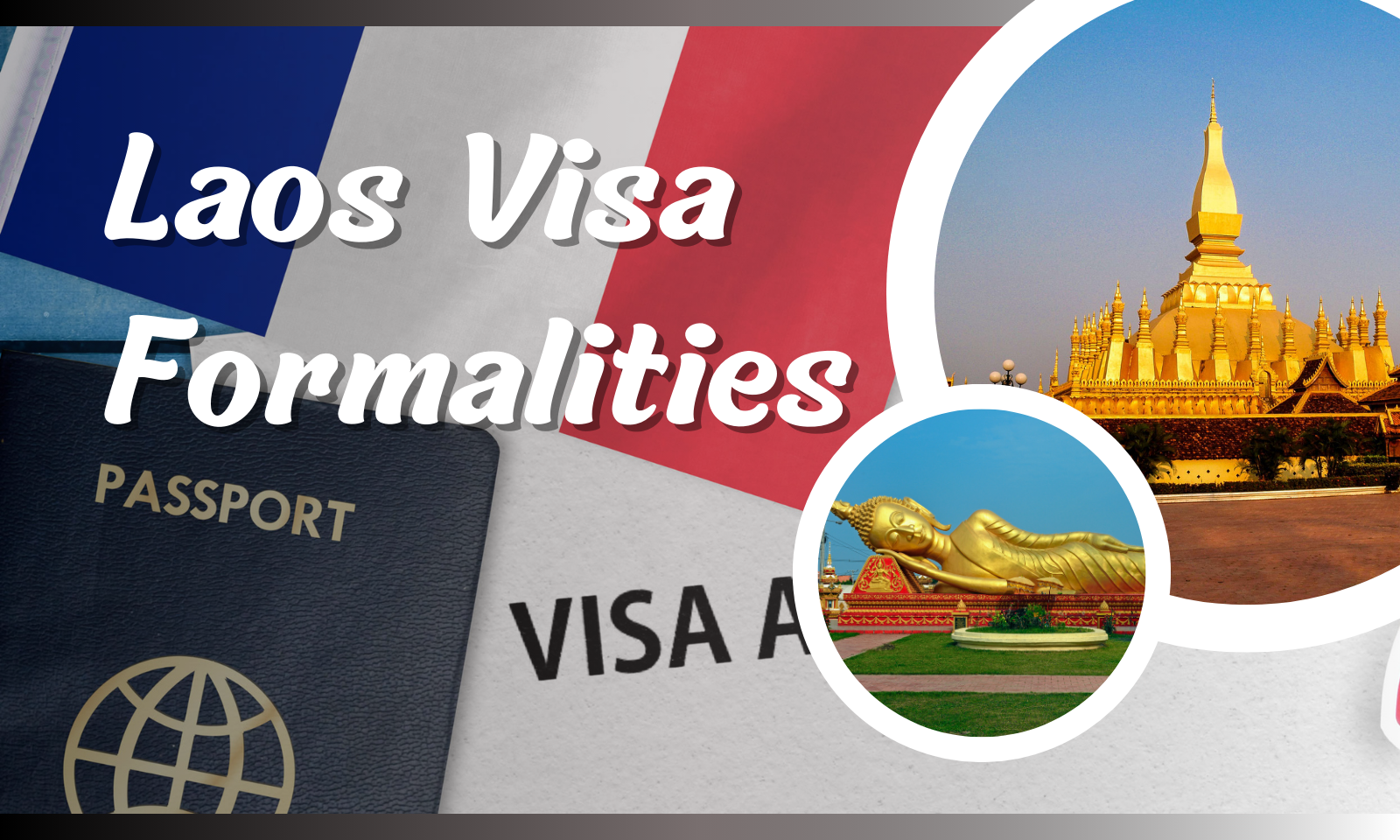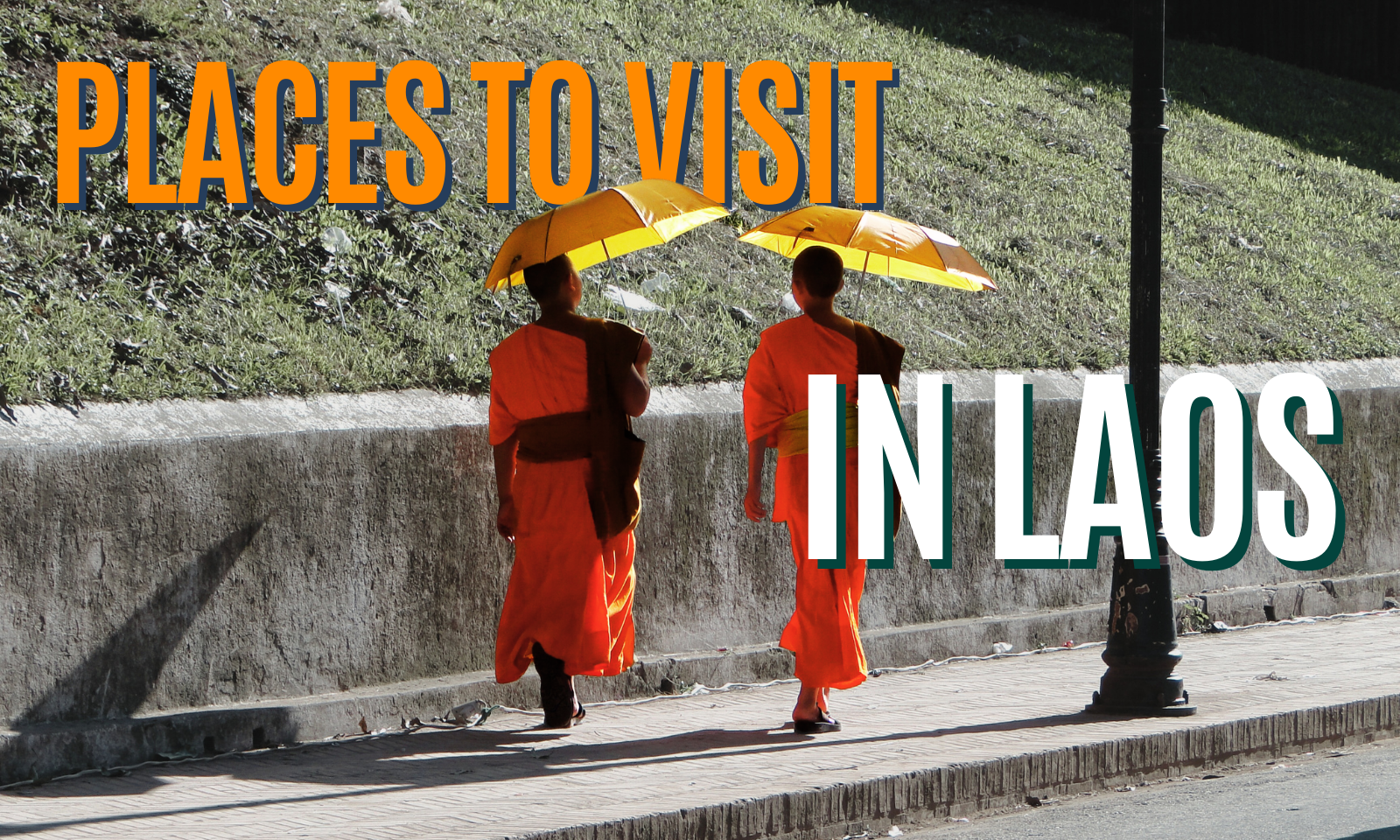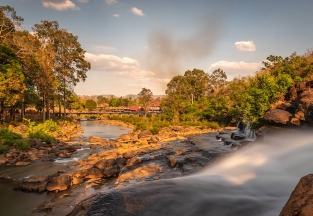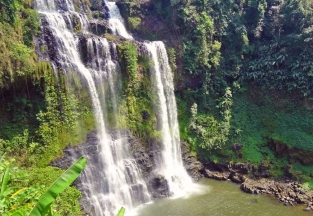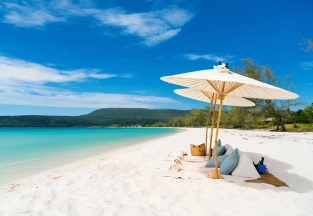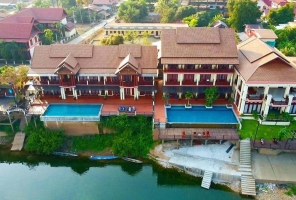.webp)
Khong Island

Exploring Khong Island: The Heart of Laos' 4,000 Islands
Khong Island, or Don Khong, is the largest and one of the most serene islands in the Si Phan Don (4,000 Islands) archipelago, located in the southern reaches of Laos. This peaceful island offers an escape from the modern world, where life moves at a slow and relaxed pace. With its lush greenery, traditional Lao villages, and the gentle flow of the Mekong River, Khong Island is a destination for travelers seeking tranquility, natural beauty, and an authentic Lao experience.
What to do and see in Khong Island ?
|
|
|
|
|
Drift into the slow rhythm of life on Khong Island — where tranquil riverscapes, green rice fields, and timeless villages capture the essence of Southern Laos.
Don’t miss these highlights
Cycle through peaceful villages and rice paddies along flat, scenic trails — the best way to experience the island’s rural beauty and friendly smiles of local residents.
Explore Muang Khong Town, once an important French colonial center, where old buildings like the Governor’s House reveal traces of Laos’ colonial past.
Visit Wat Phou Khao Kaew, a serene riverside temple perfect for quiet reflection, especially at sunset when golden light glows over the Mekong.
Witness the majestic Khone Phapheng Falls, Southeast Asia's largest waterfall by volume—a breathtaking natural wonder. The falls are easily accessible from Khong Island via a short boat and road journey, serving as a must-see highlight of the Si Phan Don area.
Relax at Li Phi (Tat Somphamit) Falls, located on the neighboring Don Khon island, where turquoise waters tumble over rocky ledges surrounded by lush vegetation. It’s a perfect spot to visit while exploring the smaller islands near Don Khong.
Taste local Lao cuisine made from fresh Mekong fish, herbs, and sticky rice — best enjoyed at open-air eateries overlooking the river.
Some travel tips for enjoying the landscapes of Khong Island
Best time: Visit during the dry season from November to February when the weather is cool, skies are clear, and conditions are ideal for trekking and village visits.
How many days should you plan? Allow 2 to 3 full days to explore Oudomxay’s natural highlights—such as waterfalls or caves—and immerse yourself in its cultural rhythm.
How to get there: Reach Muang Xay (the province capital) by domestic flight from Vientiane, or take a bus/minivan from Luang Prabang or Luang Namtha. Once there, local transport options include tuk-tuks, motorbike rentals or bicycles.
Hanoi Voyages recommended gear: Pack comfortable walking shoes, layered clothing for mountain mornings and warm afternoons, a light rain jacket, sunscreen, insect repellent, and a small day-backpack for hikes.
Responsible travel tips: Dress modestly when visiting ethnic villages and temples, ask permission before photographing locals, carry enough Lao Kip (cash) as cards aren’t widely accepted outside town, and support community-run homestays and local crafts.
Khong Island is a peaceful retreat in the heart of Laos’ 4,000 Islands, offering visitors the chance to experience the unspoiled beauty of the Mekong River and the rich culture of rural Laos. Whether you’re cycling through quiet villages, exploring majestic waterfalls, or relaxing by the river, Khong Island provides an authentic and tranquil escape. For those looking to disconnect and immerse themselves in the natural beauty and culture of southern Laos, Khong Island is the perfect destination.
Travel Guide
Exciting trip
Horizons of Vietnam and Laos 15 days discovering the sightseeing of Hanoi and Halong Bay along with the beauty of panorama of Laos
Treasures of Laos Cambodia 22 days: discover from Luang Prabang and Kamu Lodge’s charm to Angkor’s wonders ending with beach


